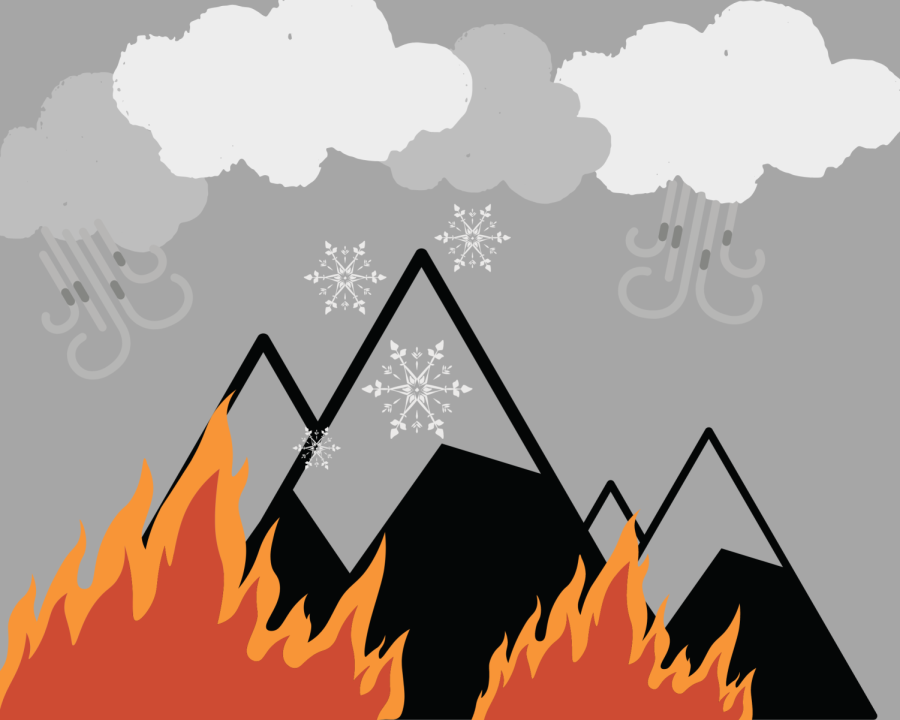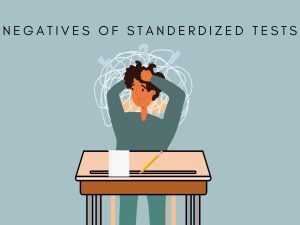Wildfires in December: Colorado faces violent climate change
Colorado face destructive fires during winter.
February 17, 2022
Colorado’s weather has been breaking state records for one of the worst winter seasons in history. On December 30th, 2021, the most destructive wildfire in decades destroyed over 6,000 acres of Boulder County, Colorado.
In an ordinary winter season, Colorado gets around 100 inches of snow from September to December. This year’s climate change, however, Denver, Colorado has only seen 0.3 inches of snow. Without snowfall, plants and animals lose a lot of their long-term water reserves. According to the source, a few of the plants in danger could include evergreen, trees that are already stressed from disease, insects or nearby construction, trees, shrubs or perennials planted within the last couple of years, lawns that have been cut too short or weren’t well watered in fall.
Wakefield senior Hannah Schuh, who lived in Colorado as a child, worries about climate change.
“When I lived there, the biggest climate change was the snow,” Schuh said. “Now I’m worried it might be the heat. When I was younger there were times I couldn’t water the grass because it would evaporate or boil the plants.”
Winds over 100mph quickly spread the fire throughout Colorado. The winds were equivalent to a stage 2 or 3 hurricane. Before the wildfires, the U.S Drought Monitor recorded that 22 percent of the entire state was in extreme drought.
Emma Birdwell, a student at the University of Colorado Boulder is going through these events up close and is passionate about climate change.
“Society needs to focus on stopping climate change and we need to take real actions to change our behavior and ideology,” said Birdwell. “The outpour of help and support from the community in response was amazing and everyone banded together to raise money and support their neighbors.”
Over 600 homes have been destroyed, and two people are currently still missing. In the search for these people, they have found multiple remains of human body parts, although authorities haven’t released the identities.
Georgia Thomas, a senior at Wakefield High School, exclaims her worry for her family.
“The entirety of my mom’s family lives there, so it’s really scary seeing fires surround them,” Thomas said.
Throughout July to December, Denver, Colorado has one of the warmest and driest seasons yet. Colorado Boulder Fire department stated that what started the fires is broken powerlines with the sparks igniting the grass and the strong winds carrying the flames.
Eva Ugur, junior at Wakefield, had some family evacuating the flames.

“I think we need to be more cautious about what we are creating and using in our everyday lives,” Eva Ugur said.
Strong winds through the west have also caused a major dust storm (also known as a haboob) across eastern Colorado. The dust storm was around 200 miles long and traveled around 300 miles. It was known as the first-ever derecho on the front range of Colorado.
“The University of Colorado Boulder has done a lot to help the community, they raised a lot of money and made special arrangements for students and faculty affected by the fires,” said Birdwell.
Biden has recently put together a $50 billion plan to clean up Colorado, they decided to start with cleaning up destroyed buildings to help people get their residents back. Authorities have figured out it would take around 10 years and over 20 billion dollars to build the national forests back up.
“I think Colorado tries the best it can to preserve itself but citizens really need to understand the ramifications of things that we do,” said Birdwell “Climate change is not going away no matter how much policy is put into place.”









